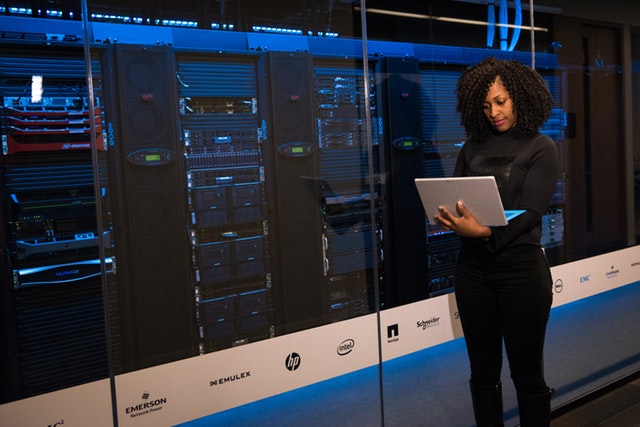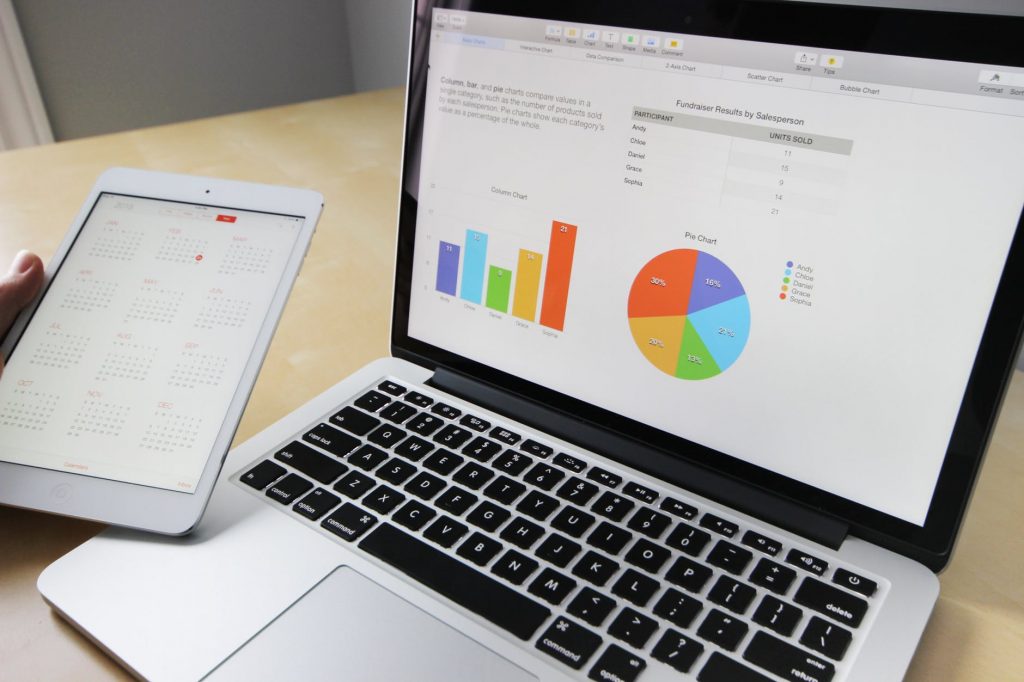When businesses face mounting obligations, exploring a payment plan for ATO often becomes the most practical step toward regaining stability. At the same time, company directors must also understand the implications of an ATO director penalty notice, which can transfer responsibility from the organisation to the individual. Together, these measures highlight the importance of acting swiftly and strategically when tax debts arise.
Financial strain rarely arrives overnight. More often, it builds gradually—cash flow weakens, suppliers demand payment, and the pressure of ongoing operational costs collides with overdue tax liabilities. For many leaders, this moment feels overwhelming, yet it also represents a critical turning point. Taking early action can mean the difference between steady recovery and a spiral of escalating consequences. The sooner a structured approach is adopted, the greater the chance of protecting both the business and those responsible for it.
Clarity comes from understanding the available options. Tax obligations are rarely negotiable, but the way they are managed can be flexible. Advisors help map out strategies that align with compliance rules and the financial realities of the organisation. Their role is not simply to interpret regulations, but to advocate on behalf of clients, opening up pathways that business owners may not be aware of. Having an experienced professional by your side ensures the plan is both practical and sustainable.
Guidance also reduces uncertainty. Business owners often bear the burden of tax debts in silence, worried about how disclosure may impact their staff, suppliers, or investors. This pressure can erode confidence and weaken decision-making. By engaging experts, some of that weight shifts, allowing directors to approach the situation with a clearer perspective and renewed energy. With structure comes confidence, and with confidence comes the ability to make choices that restore stability.
Negotiation plays a vital role. Authorities are bound by legislation, but they also recognise the value of keeping businesses operational. Advisors familiar with these processes know how to present information persuasively, demonstrate genuine commitment, and secure outcomes that balance obligation with sustainability. This process is not about avoiding responsibility; it is about finding arrangements that enable businesses to fulfil their commitments without hindering their ability to operate. Structured agreements turn uncertainty into clarity and give organisations the space to refocus.
Once control is regained, attention can return to performance and growth. Leaders can concentrate on serving customers, supporting staff, and pursuing new opportunities. Confidence flows through the organisation, reminding everyone that challenges can be met with resilience. Employees see that difficulties are being addressed decisively, which strengthens trust. Stakeholders recognise a commitment to governance, reinforcing faith in the business as a whole. This renewed focus often becomes the springboard for recovery.
Timing is critical. Addressing obligations promptly prevents penalties and interest from compounding. It also signals goodwill, showing authorities that the organisation is acting responsibly. Waiting too long narrows the options available and increases the likelihood of harsher consequences. Hesitation can be costly, financially and reputationally. The most effective path forward is built on swift acknowledgement, honest communication, and practical planning.

Resolution also opens the door to reflection. Once obligations are addressed, it becomes possible to ask why the issues arose in the first place. Was the forecasting inadequate? Did external pressures undermine profitability? Were there weaknesses in pricing, supply, or expenditure? By seeking these answers, businesses transform short-term fixes into long-term improvement. Lessons are drawn from past mistakes, turning setbacks into opportunities for stronger systems and processes.
Financial difficulty often creates a sense of isolation. The weight of responsibility feels heavy, mainly when jobs and livelihoods depend on decisions being made. Professional support provides reassurance, not just technical expertise. Knowing that someone experienced has navigated these challenges before offers calm in a moment of crisis. With guidance, the narrative shifts from despair to recovery, instilling a sense of control that might otherwise seem impossible.
Addressing obligations is not just about preventing adverse outcomes. It creates conditions for success to return. Businesses exist to generate value, create employment opportunities, and contribute to their local communities. Allowing debt pressures to overwhelm these purposes undermines the interests of all involved. Fulfilling obligations with structure restores balance and enables businesses to continue delivering on their promises. The challenge is significant, but so too is the opportunity to emerge stronger.
Courage and honesty lie at the heart of this process. Admitting that obligations have become unmanageable is difficult, but acknowledging the issue is the first step toward addressing and improving them. Once recognised, the focus shifts to solutions that are achievable and fair. Each decision taken in this direction reduces uncertainty and builds stability. What begins as a daunting task becomes a path toward resilience and clarity.
Tax challenges are an integral part of the broader business landscape. They test resolve, demand accountability, and create growth opportunities. While the process can be complex, it does not have to be faced alone. Professional guidance ensures that businesses have both the strategy and the support required to move forward with confidence. By seeking advice and acting decisively, challenges can be transformed into turning points, ensuring obligations do not define the future but instead strengthen the foundation for what comes next.
























 First of all, we consistently overreact to new technologies. Our default, evolutionary response to new things that we don’t understand is to fear the worst.
First of all, we consistently overreact to new technologies. Our default, evolutionary response to new things that we don’t understand is to fear the worst.